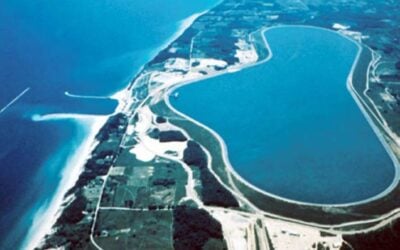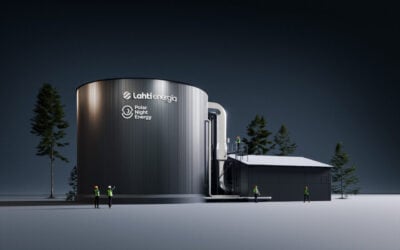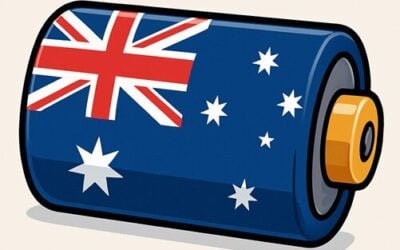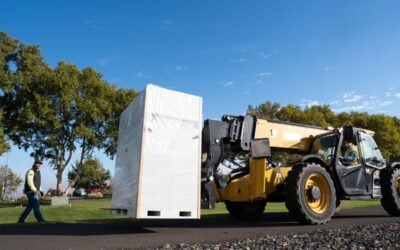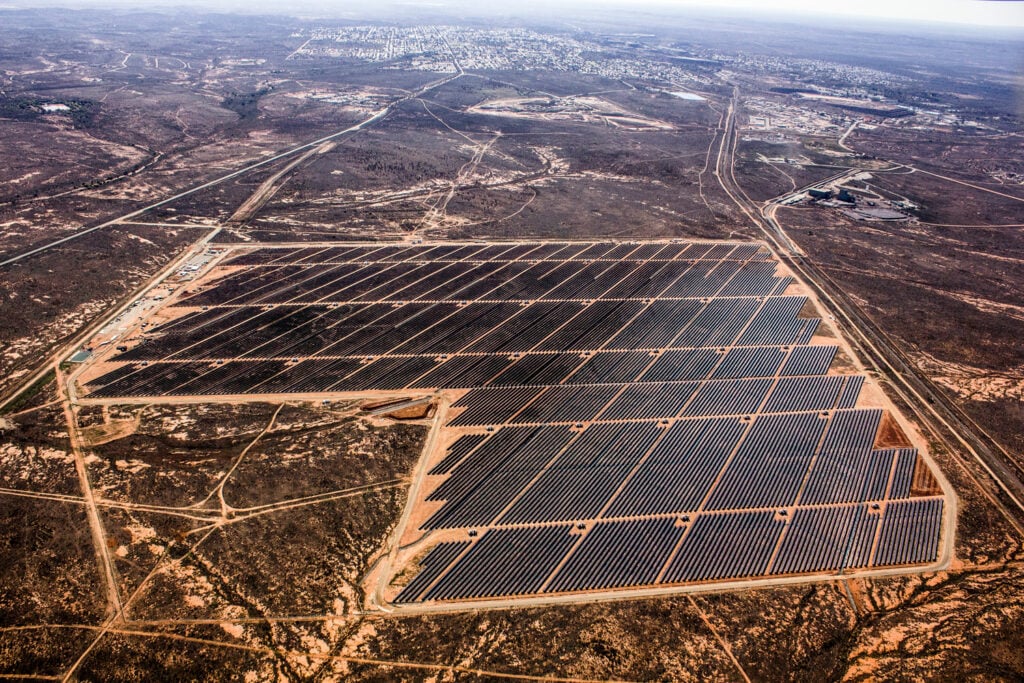
Aware Super, a major institutional investor for pension funds in Australia, has identified a “significant strategic opportunity” to invest in an early-stage energy storage project developer.
The superannuation fund manages around A$155 billion (US$104.06 billion) of savings for a million customers around the country, having rebranded to its present name in 2020 from First State Super, following mergers with two other such funds.
The company said in a press release sent to Energy-Storage.news that it has made a so-called cornerstone investment in North Harbour Clean Energy (NHCE), a new company which aims to develop, own and operate closed-loop pumped hydro energy storage (PHES) and vanadium redox flow battery (VRFB) stationary storage projects.
An Aware Super representative said terms or financial value of the equity investment would not be disclosed. However, Aware Super believes the investment will give it a foothold in the Australian energy transition economy, offering strong long-term returns for its member-investors as well as having a positive impact on society.
Try Premium for just $1
- Full premium access for the first month at only $1
- Converts to an annual rate after 30 days unless cancelled
- Cancel anytime during the trial period
Premium Benefits
- Expert industry analysis and interviews
- Digital access to PV Tech Power journal
- Exclusive event discounts
Or get the full Premium subscription right away
Or continue reading this article for free
The superannuation fund’s portfolio manager Mark Hector said that in addition to providing NHCE with early working capital, Aware Super recognised “a significant strategic opportunity to fund larger equity capital into future successful development projects”.
NHCE claims to approach the PHES space a little differently than many other developers, targeting mid-size projects at or near to major loads, rather than the types of multi-gigawatt-hour facilities more commonly seen around the world. This minimises the cost of delivered electricity and makes use of brownfield sites with existing power and logistical infrastructure, according to the developer.
Meanwhile it is partnered with the University of New South Wales (UNSW), the institution at which the vanadium flow battery was invented in the 1970s and 1980s.
With flow batteries, NHCE will target the commercial and industrial (C&I) energy storage market.
“We know electrifying the Australian economy needs to mean more than simply replacing domestic energy generation with renewables. Declining sources of carbon-intensive dispatchable power, driven by the move to decarbonise electricity generation is the key issue in the electricity market, and is now an increasing part of the discussion,” NHCE managing director Tony Schultz said.
“Pumped hydro in particular can play a significant role in closing that capacity gap, and we’re very enthusiastic about the opportunities that our project portfolio has the potential to unlock.”

